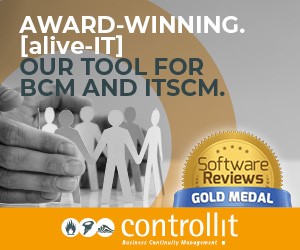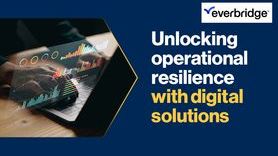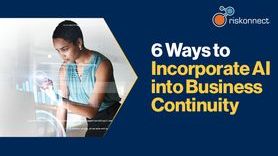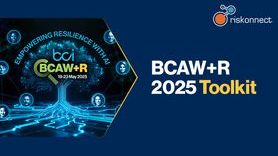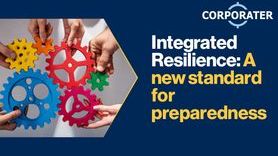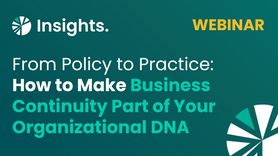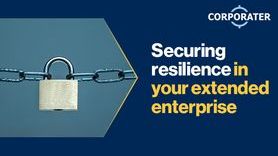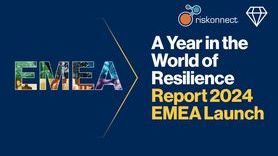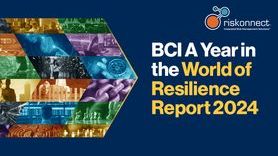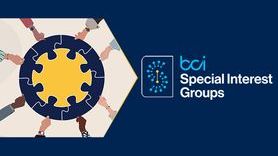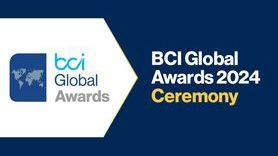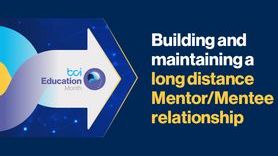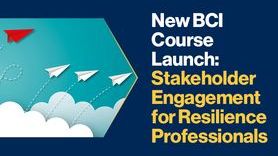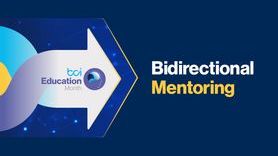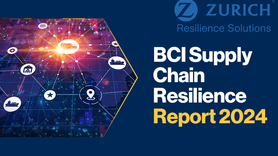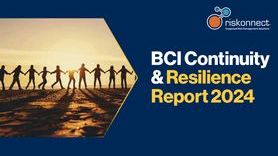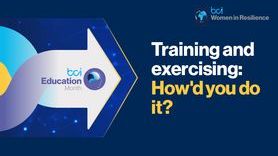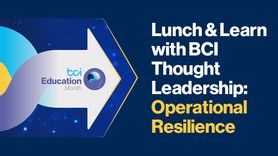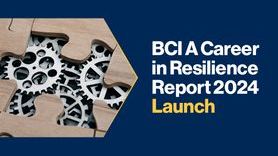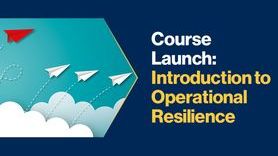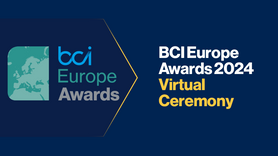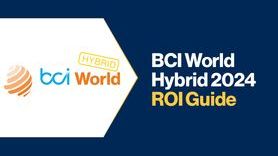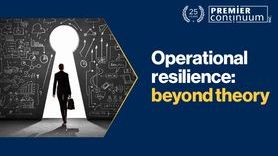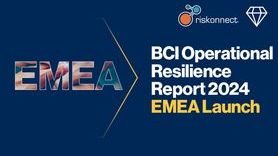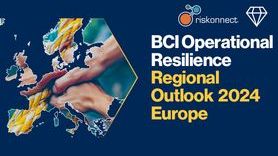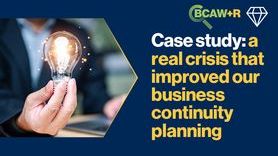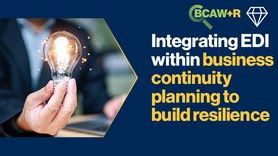5 Considerations when selecting the best business continuity software for your needs
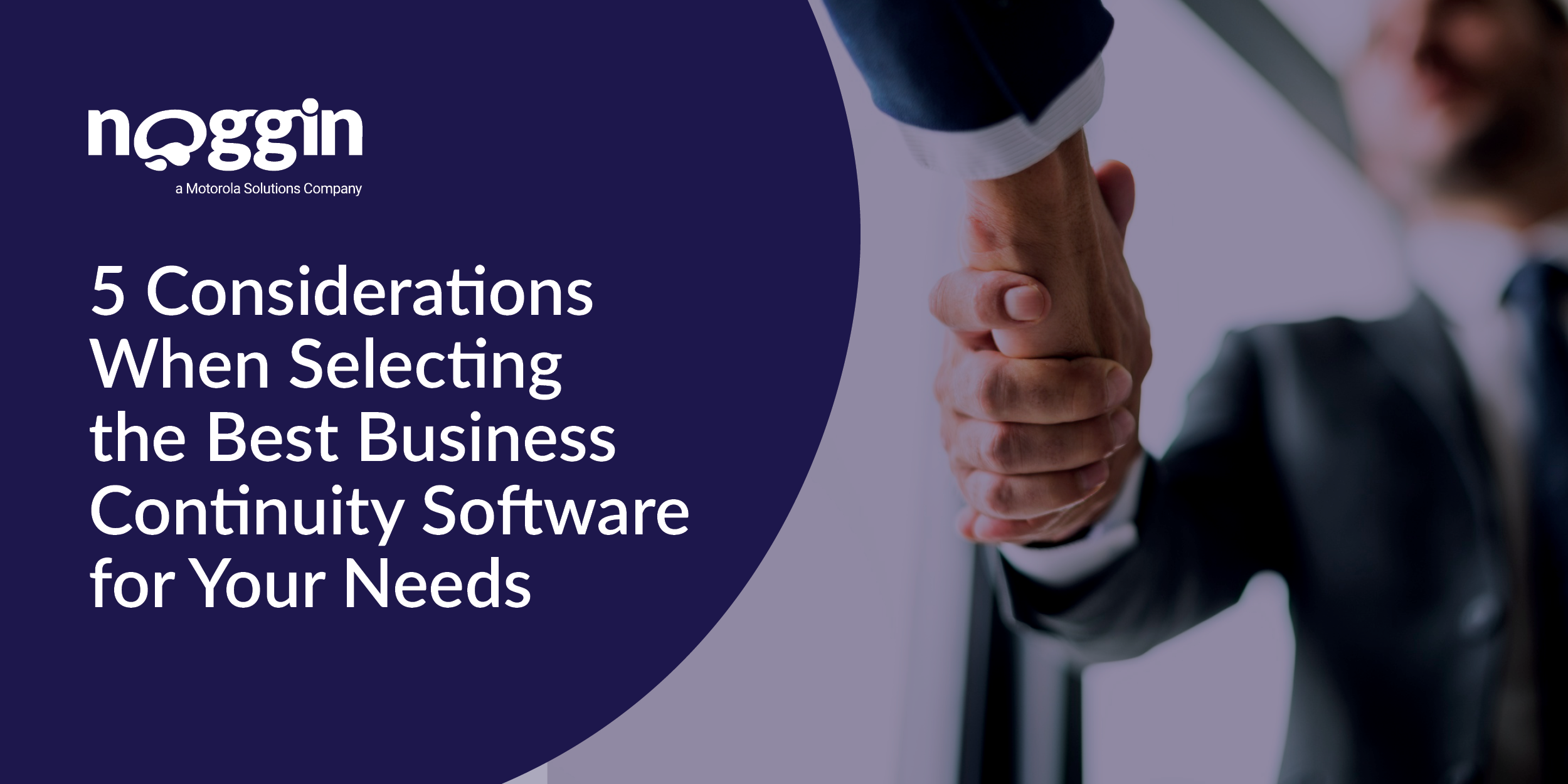
Over time, software for business continuity management has evolved, becoming more advanced and fully capable of automating business continuity processes, while helping practitioners collaborate more effectively and perform the higher-order analysis needed to shift the discipline from tactical to strategic.
However, not all business continuity software is created equal. How then to make the best business continuity software procurement decision for your organization’s needs? In the following, we provide the five considerations business continuity managers should have when selecting business continuity software.
Considerations for picking the best business continuity software for your needs
- Know your organization. When procuring any enterprise solution (let alone business continuity software,) it’s important to know your organization inside-out. Small organizations function differently than mid-markets or enterprises. Similarly, manufacturing companies are different than institutes of higher education.
In the case of business continuity, specifically, organizations in different industries will have different compliance burdens, too. Industries, such as finance, are increasingly on the hook for timely business continuity and operational resilience requirements that software might help expedite.
- Know your people. Beyond knowing the organization, buyers should know their people, as well. Business unit owners, senior leadership, and the rest of the BC team will all be software users, meaning their level of self-direction and acceptance of new initiatives are key to the success of the project. What’s more, buyers should have a strong grasp of available IT resources before embarking on the procurement process.
Of course, business continuity managers might opt to go it alone, in which case they should be asking themselves how IT savvy they are and how willing they are to learn. Even the most out-of-the-box solution will require some level of manual administration in the implementation, maintenance, and growth phases.
- Know your system requirements. Too often, though, organizations go to market without fully understanding their own system requirements. Therefore, it is essential to have a comprehensive understanding of both functionality and feature needs is.
On the functionality side, buyers should know what processes and programs they are looking to digitize and automate, e.g., the BIA, BCP, IT/Disaster Recovery, testing and exercises, etc.
Buyers should also know what basic features will facilitate engagement and collaboration. These might include messaging and notification, reporting and custom reporting, relationship visualization, or simply having a mobile app.
- Know your vendor selection team. Once vendors are shortlisted, buyers will need a team to help make the final selection. When considering who to have on that team, buyers should think about who will potentially be using the software, especially power users and likely detractors.
Buyers will likely also have IT/IT Security, Procurement, and Compliance representatives on that team. As a counterbalance, BC managers should also try to secure C-suite representation to keep the discussion strategic as others focus on more tactical considerations.
- Know your selection criteria. During the final selection, it’s important for buyers to know what criteria they are using to judge the pool of vendors. Many organizations have vendor selection forms, which include objective selection criteria like years in business, subscription cost, implementation time, information security, etc.
In the case of business continuity software, it’s also recommended to include such additional criteria as range of industries covered, availability of professional services, ease of integration, scalable and resilient cloud, ISO 22301 certification, and no-code customization.
Finally, there’s more to procuring business continuity software than selecting vendors. You’ll likely also need to develop a business case. And so, to solidify your grasp of the end-to-end procurement process, BCI Corporate Sponsor, Noggin, has pulled together this helpful guide: 14 Steps to Selecting a Business Continuity Software Vendor.

